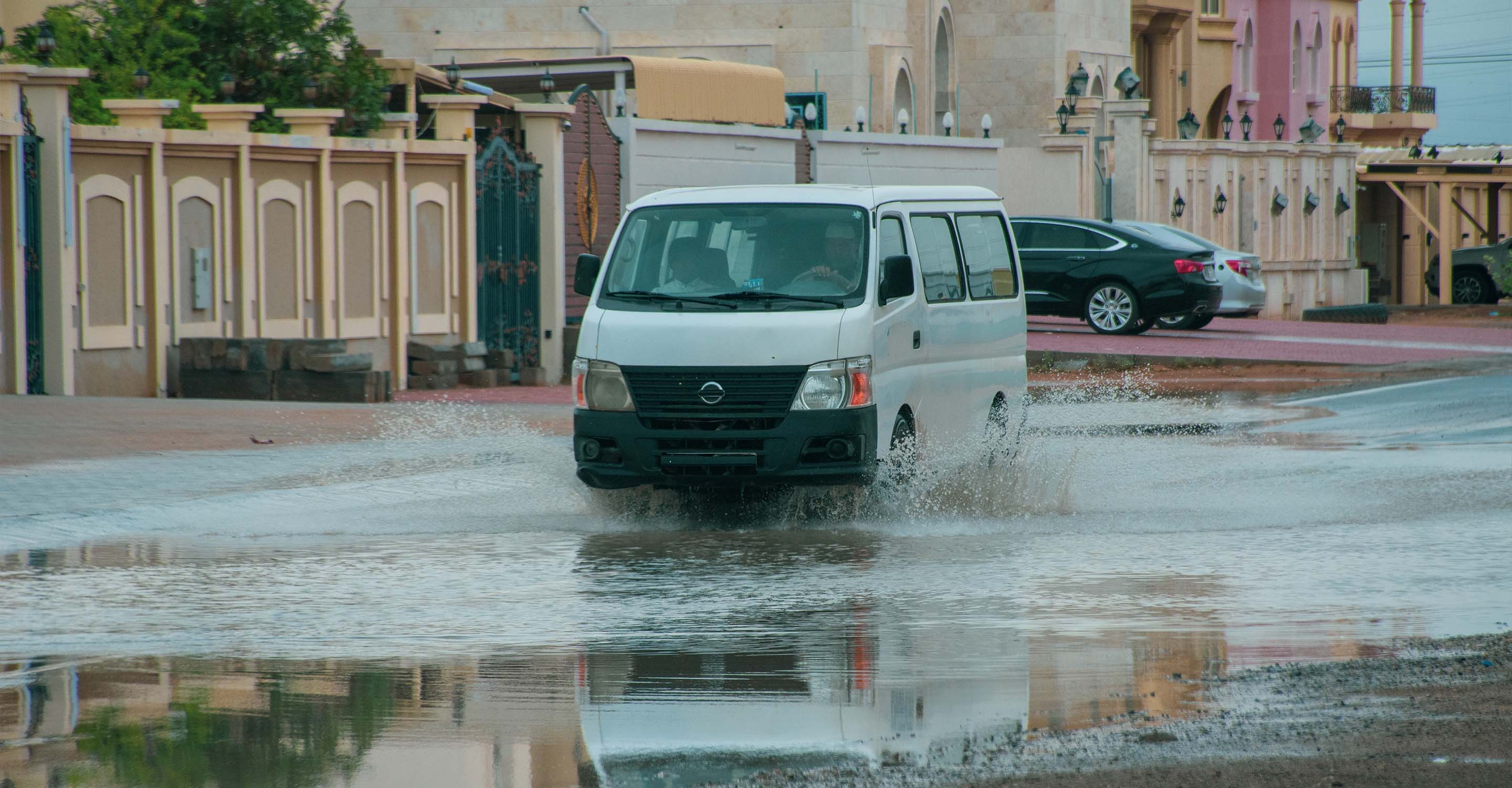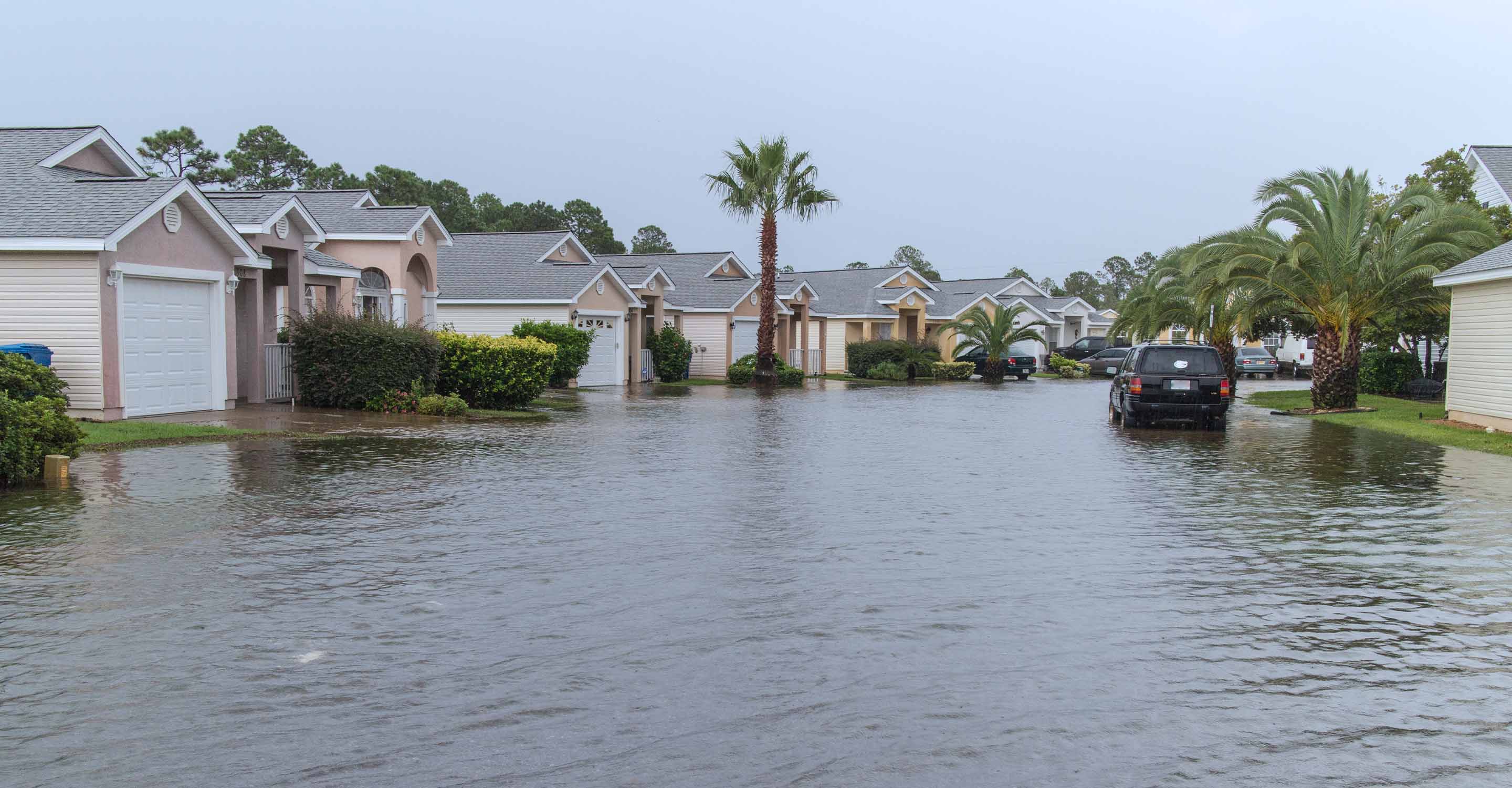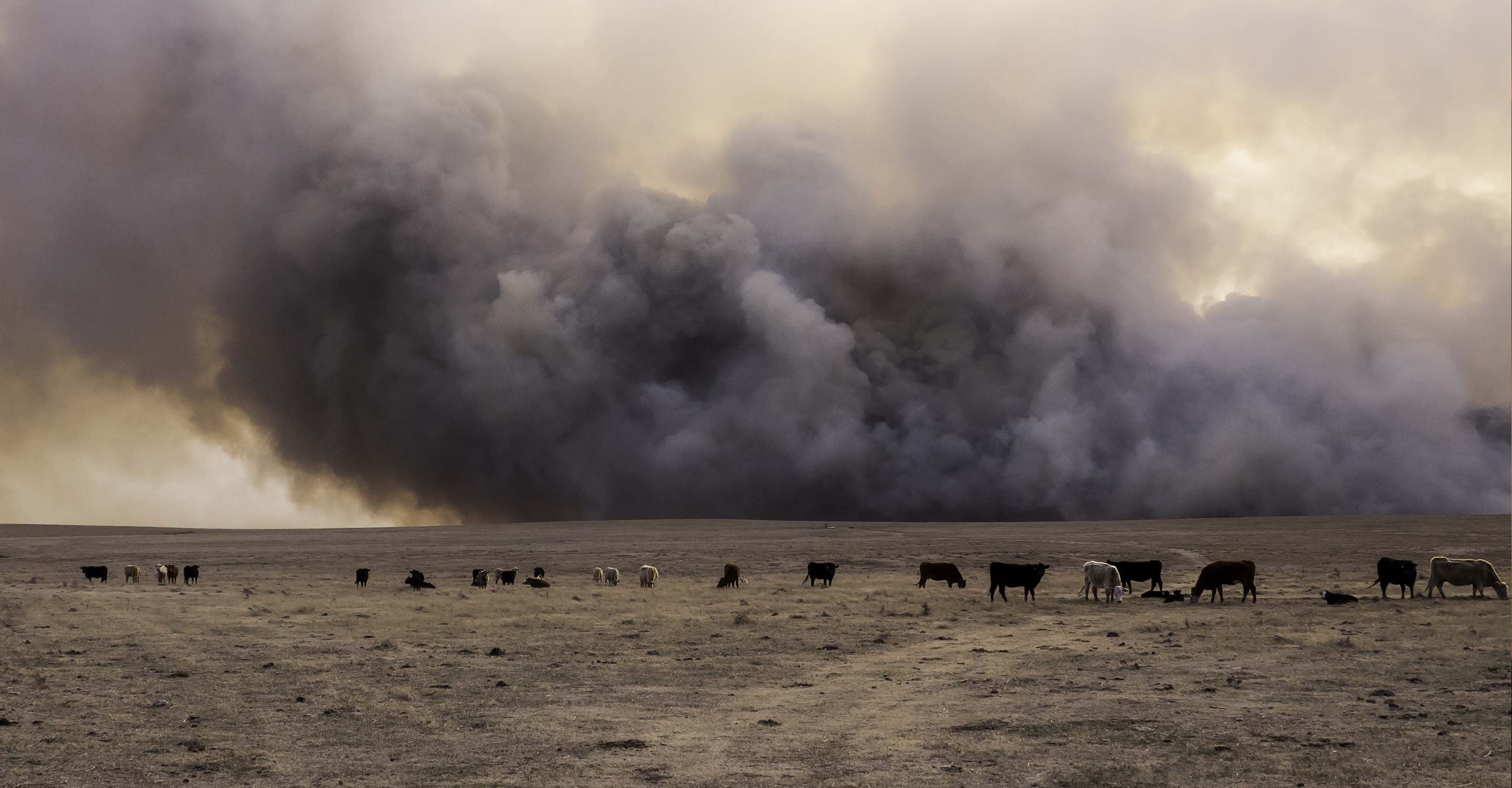Vapi air quality map
Live air pollution map of Vapi
5.1K people follow this city
Full screen
Contributors category
0
Government
0
Educational
0
Non-profit organization
0
Corporate
0
Individual
0
Anonymous
Station(s) operated by

*IQAir’s AQI data modeled using satellite data. Learn more
Health Recommendations
| Sensitive groups should reduce outdoor exercise | |
| Close your windows to avoid dirty outdoor air GET A MONITOR | |
| Sensitive groups should wear a mask outdoors GET A MASK | |
| Sensitive groups should run an air purifier GET AN AIR PURIFIER |
Vapi does not have air sensor data
Be the first to measure and contribute air quality data to your community.
Understand air pollution and protect yourself
Vapi MAP AIR QUALITY ANALYSIS AND STATISTICS
How much interesting information about air quality can be found on the air pollution map for Vapi?
There is a lot of extremely valuable information about the state of the air on the air pollution map for Vapi. The information is all contained on a separate page from the main page. It is very easy to access from this main page by selecting the map picture and the new page will open.
Once opened, the viewer will first notice the overall colour of the map. This strong colour is a direct indication of the air quality at that time. Colours can range from pale green to dark maroon where the air gets worse as the colours darken. These colours are standard across the entire IQAir website. There are also some coloured discs scattered across the map which show the locations of the ground-level air monitoring stations. These are not necessarily under the direct control of the city but provide useful information nonetheless.
Each disc shows a number at its centre which is the United States Air Quality Index reading or US AQI for short, for that specific area of the city. This figure is calculated by taking measurements of the six most commonly found pollutants in the city air. These are usually, but not always, both sizes of Particulate Matter (PM2.5 and PM10), nitrogen dioxide, sulphur dioxide, carbon monoxide and ozone. When the reading is verified, it is used as a metric when comparing levels of air pollution in different cities across the globe. It is actively endorsed by the World Health Organisation (WHO).
Briefly looking back to the main city page, it can be seen in the coloured banner across the top of the page that during January 2023, Vapi was experiencing a period of air quality which was classified as being “Very unhealthy” with a US AQI reading of 252. This can also be seen visually by the purple colouration of the banner. The main pollutant was found to be PM2.5 with a high recorded level of 201.8 µg/m³ which is over forty times the suggested target figure of 5 µg/m³ as recommended by the WHO.
Looking just underneath the air pollution map for Vapi can be seen the number of contributors there are that collate all the air quality data. At present, there is just one station which is operated by the Central Pollution Control Board which is a government run agency.
Is there much more scintillating information about air quality on the air pollution map for Vapi?
There is a lot more in-depth information about air quality on the air pollution map for Vapi, but the screen needs to be viewed at a maximum size to be able to see all there is to see. This is easy to achieve, by selecting the icon at the top of the page, a new page will open in full-screen mode with all relevant information available.
When looking at the screen, a list of four options will be seen on the left-hand side of the screen and can all be individually turned on or off to get an idea of the effects they each have on the map.
The first choice shows the location of all the ground-level air monitoring stations there are in and around the city and each of these can be selected to open another new page which will be dedicated to the air quality in that specific part of the city.
The second choice shows the location of any wildfires that might be burning out of control in the area. During January 2023, there were no such icons on the map which means there were no significant fires in the area. If fires are detected, then option four needs to be consulted because it shows the speed and direction of the prevailing winds and will give a good indication of where the smoke might blow.
The final option is number three which changes the background colour of the page to visually show the current state of the air. If the viewer finds the colour to be too strong, the option can be deactivated and it will revert to a more subdued colour palette.
There is more information on the right-hand side of the screen where a table will be found that ranks the seven most polluted cities in the world. If the topic is of special interest the full ranking section can be opened which reveals the rest of the world’s participating cities in descending order.
Just below the number of contributors there are can be seen a list of the most polluted stations in the city. Because there is only one station, it is the Phase-1 GIDC, Vapi – GPCB station that shows the highest level of pollution with a US AQI reading of 185.
Further down the page are listed the most popular stations and the number of followers they have. Phase-1 GIDC, Vapi – GPCB has over 5,400 followers and is the most popular station.
Can the source of the polluted air be seen on the air pollution map for Vapi?
Whilst it is not possible to see the exact source of the polluted air in Vapi, it is generally known that sources of air pollution refer to the various locations, activities or factors that are responsible for releasing pollutants into the atmosphere.
Man-made sources include thermal power plants, industrial units, vehicle emissions, burning of fossil fuels, agricultural activities, etc. Thermal power plants have become the major source of electricity generation in India, as nuclear power plants could not be established as planned. The main pollutants emitted are fly ash and sulphur dioxide. Metallurgical plants also consume coal and produce similar pollutants. Fertilizer plants, smelters, textile mills, tanneries, refineries, chemical industries, paper, and pulp mills are other sources of air pollution.
Automobile exhaust is another major source of air pollution. Automobiles emit gases such as carbon monoxide (about 77 per cent), oxides of nitrogen (about 8 per cent) and hydrocarbons (about 14 per cent). Heavy-duty diesel vehicles create more oxides of nitrogen and suspended particulate matter (PM) than petrol vehicles, which produce more carbon monoxide and hydrocarbons.
How dangerous is PM2.5 to human health?
PM is also called Particulate Matter or particle pollution, which is a mixture of solid particles and liquid droplets present in the atmosphere. The particles present in the air are so small that you cannot see them even with the naked eye. Some particles are so small that they can only be detected using an electron microscope. Particle pollution includes PM2.5 and PM10 which are very dangerous.
PM2.5 refers to atmospheric particulate matter with a diameter of less than 2.5 micrometres, which is about 3% the diameter of a human hair.
Commonly written as PM2.5, particles in this category are so small that they can only be detected with the help of an electron microscope. These are even smaller than their PM10 counterparts. PM10 are particles whose diameter is 10 micrometres and they are also called fine particles. Environmental experts say that PM10 is also called respirable particulate matter.








